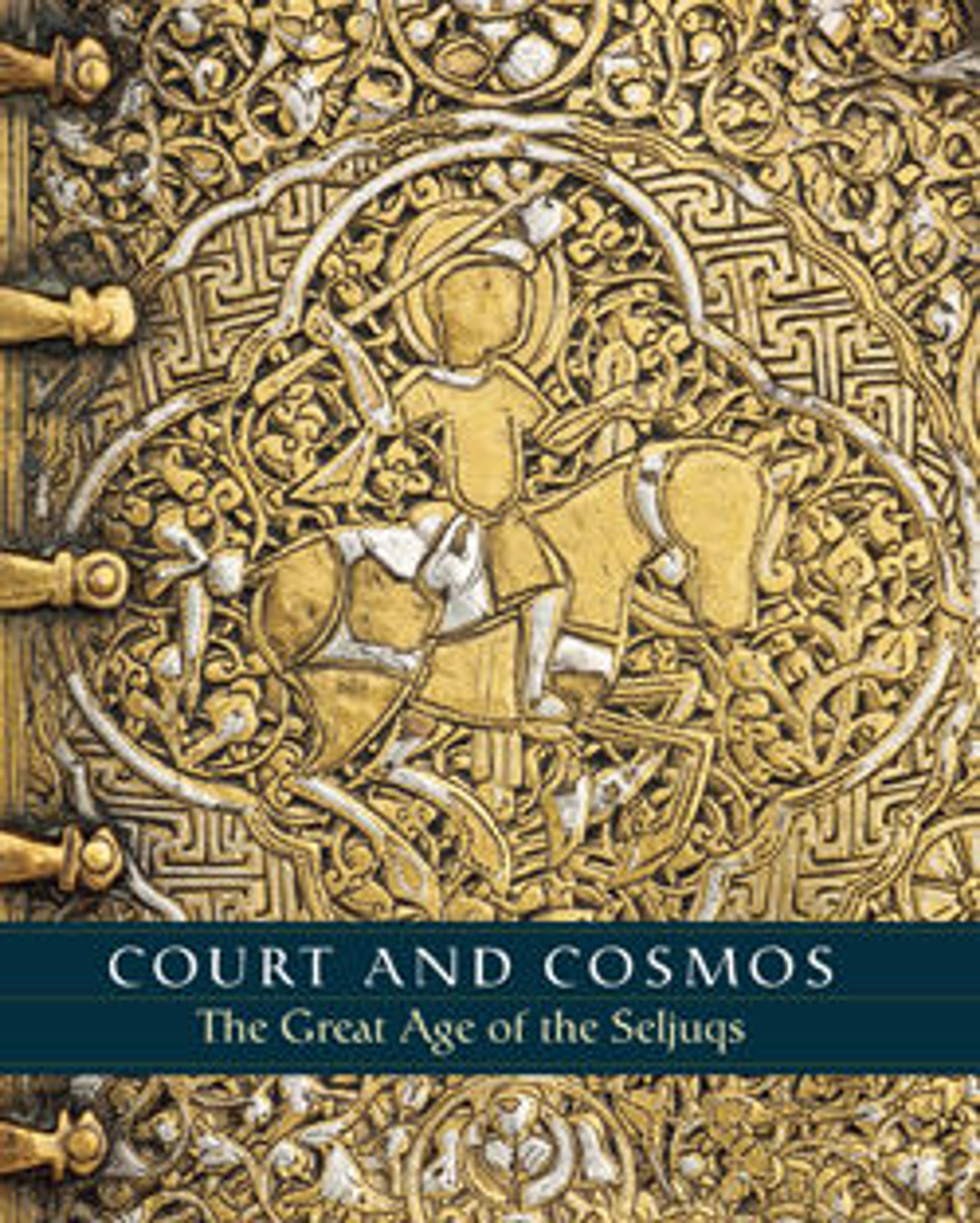Riding Coat
In addition to gold jewelry, affluent people during the Seljuq period and slightly later wore sumptuous silk robes. This coat is identified as a riding coat because of its cut, featuring a flare at the hip. The closing of the robe on the right may reflect a conscious choice by a Persian not to emulate the Turkish style of fastening on the left. The bird, lion, and vegetal motifs all would have had positive symbolic connotations.
Artwork Details
- Title:Riding Coat
- Date:first half 13th century
- Geography:Attributed to probably Iran
- Medium:Silk; weft-faced compound twill (samite)
- Dimensions:Textile: H. 68 7/8 in. (175 cm)
W. across sleeves: 50 3/8 in. (128 cm)
W. across skirt: 37 in. (94 cm) - Classification:Textiles-Costumes
- Credit Line:Purchase, Director's Fund and Oscar de la Renta Ltd. Gift, 2008
- Object Number:2008.346a–c
- Curatorial Department: Islamic Art
More Artwork
Research Resources
The Met provides unparalleled resources for research and welcomes an international community of students and scholars. The Met's Open Access API is where creators and researchers can connect to the The Met collection. Open Access data and public domain images are available for unrestricted commercial and noncommercial use without permission or fee.
To request images under copyright and other restrictions, please use this Image Request form.
Feedback
We continue to research and examine historical and cultural context for objects in The Met collection. If you have comments or questions about this object record, please contact us using the form below. The Museum looks forward to receiving your comments.
